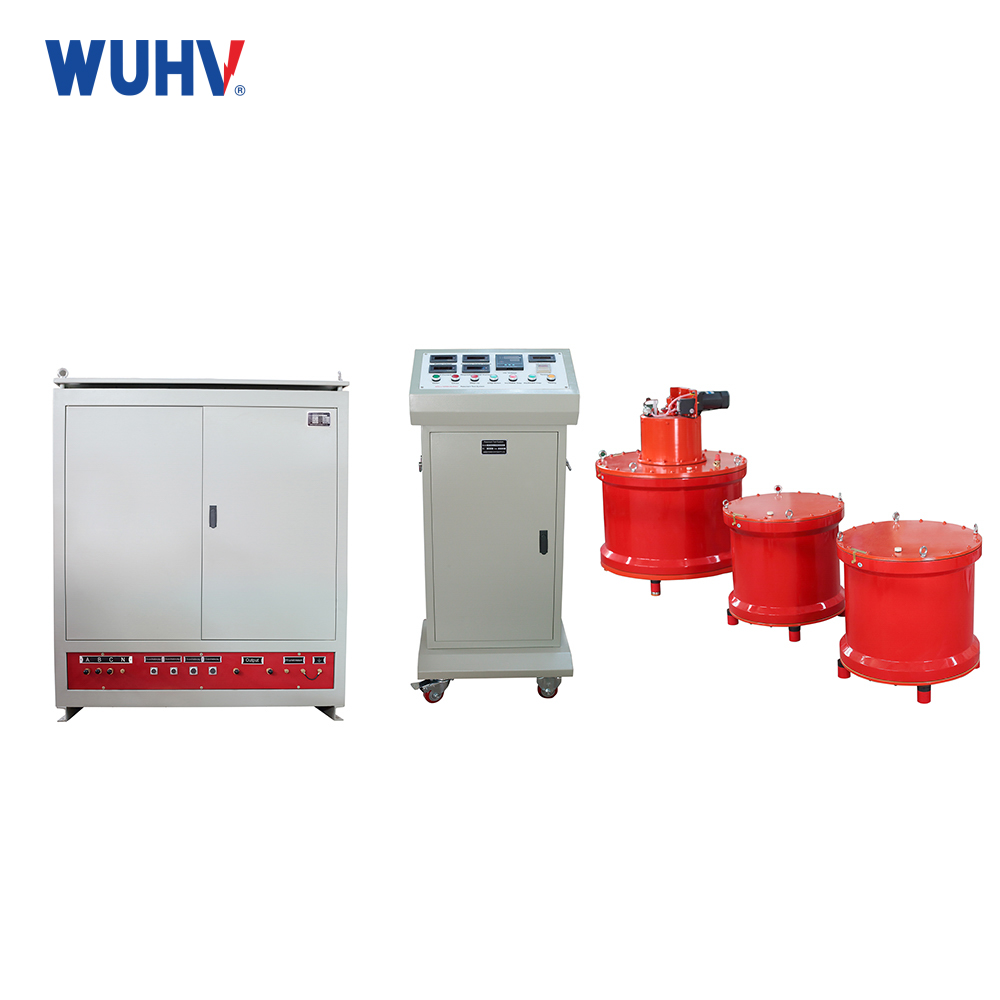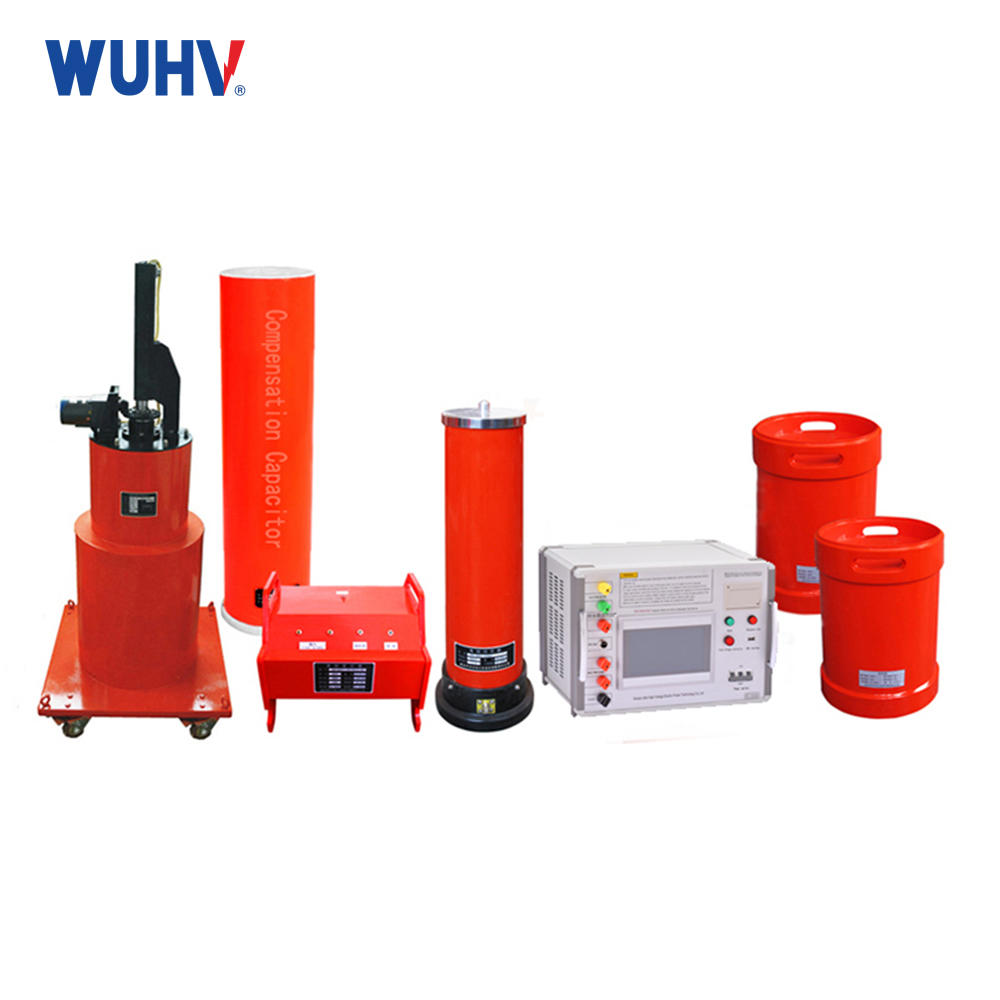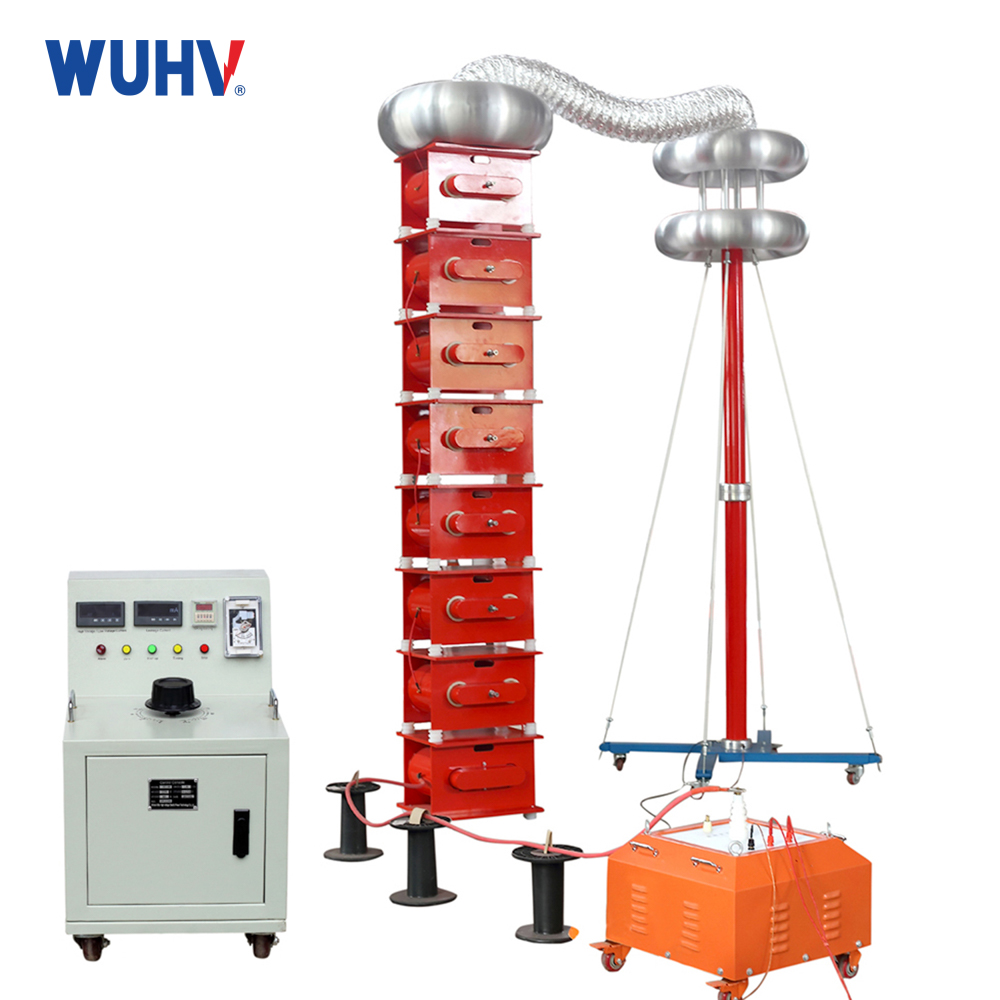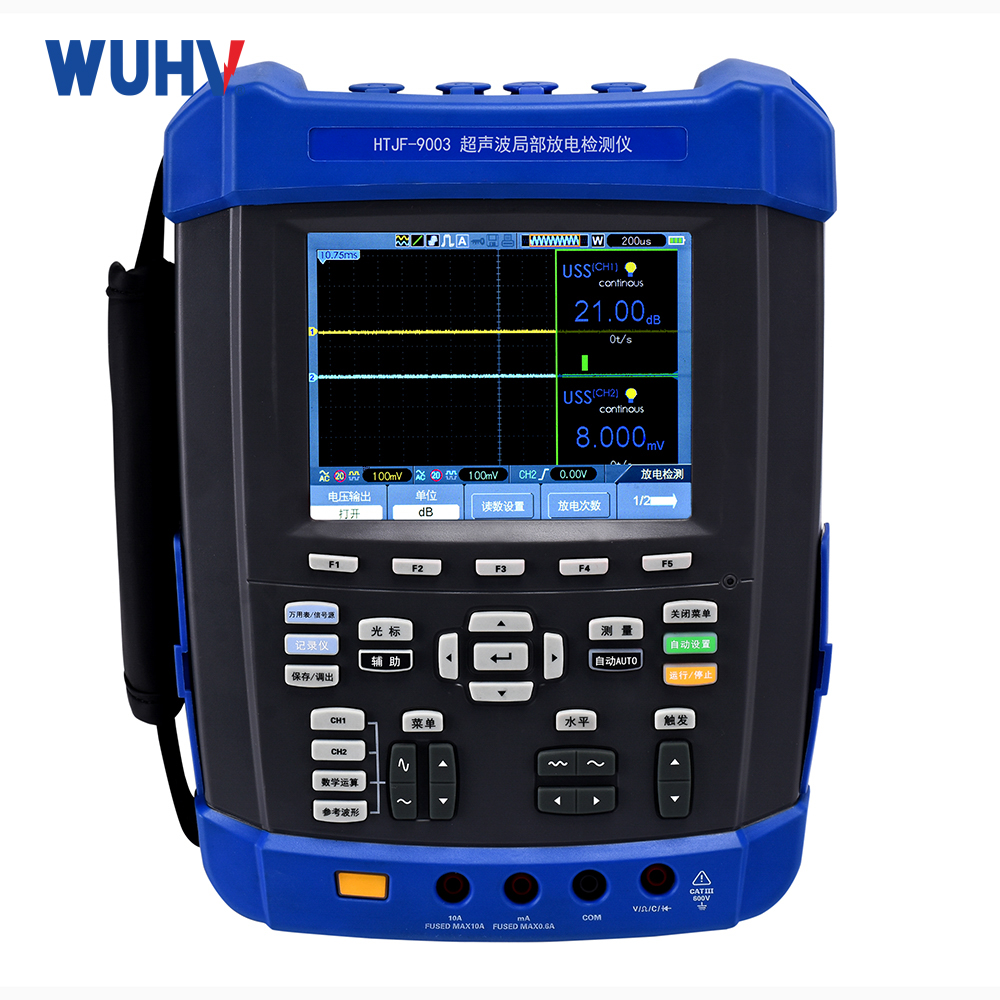UHV-670 Transformer Oil Surface Tension Tester under the WuhanUHV can help many power workers to carry out all kinds of power tests more conveniently.
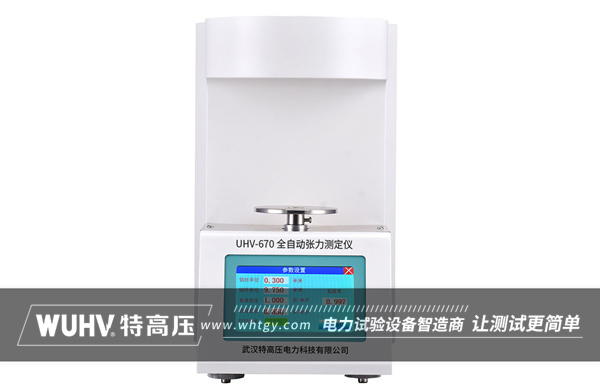
Bubble pressure method: This method measures surface tension by determining the radius of curvature of the bubble changes with the pressure of inert gas during the generation and development of bubbles in the liquid. When the shape of the bubble is exactly hemispherical, the radius of curvature of the bubble is minimized and exactly equal to the capillary radius. At this point, the surface tension of the liquid can be deduced by measuring the maximum pressure required for the bubble to detach from the end of the tube.
Suspended Drop Method: This method derives the surface tension of a liquid by measuring the contour of a droplet suspended above the liquid. The shape of the droplet has a close relationship with the surface tension, so by accurately measuring and analyzing the contour of the droplet, the surface tension of the liquid can be determined.
Hanging plate method: The hanging plate method, also known as the hanging plate method, derives the surface tension of a liquid by selecting a coverslip, mica sheet, filter paper or platinum foil plate and stabbing it into the liquid so that its bottom edge is in contact with the surface of the liquid, and then measuring the large tensile force required to pull the plate out of the liquid against the surface tension. This method is intuitive and robust, does not require a proofreading factor, and can also be used to
measure liquid-liquid interfacial tension.
Drop volume method: in the capillary orifice, the liquid forms a drop before the drop of the instant, the falling drop by gravity and the radius of the orifice and the surface tension of the liquid. By measuring the volume of the drop and the radius of the orifice at this instant, the surface tension of the liquid can be calculated.
Spin-drop method: In the sample tube filled with high-density liquid, and then add a small amount of low-density liquid, sealed, and then placed in the spin-drop apparatus to make it rotate at a certain angular velocity. The surface tension of the liquid can be determined by observing and analyzing the shape and change of the droplets during rotation.
Each of these test methods has its own characteristics, and in practical application, it is necessary to choose the appropriate test method according to the nature of the liquid, the test conditions, and the required accuracy and other factors. At the same time, regular calibration and maintenance of the test instrument is required to ensure the accuracy of the test results.




